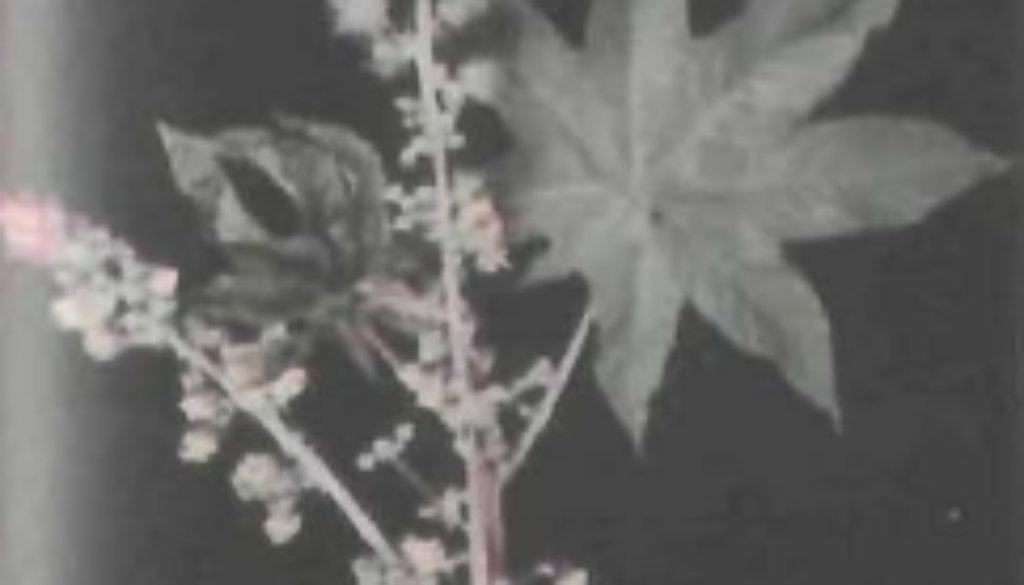Castor Bean(Indi)
It is naturalized in wastelands and cultivated for oil yielding seeds. The castor is tall shrub to small tree with green and reddish stern and branches. Leaves simple 5- 12 lobed with toothed margins. Flowers green monoecious born in spikes; the male flowers on the lower and the female flowers are on the upper part of the plant. The fruit a spherical capsule with green or red spines has three small brownish mottled seeds. Flowering and fruiting through out the year.
Part used : Leaf, Seed, Root
Usage: Leaves are considered useful for treating intestinal worms, night blindness and earache. Leaves warmed and smeared with oil are applied to the abdomen to relief postnatal pains, on the knee and on affected parts to get relief in pain. A poultice of castor leaves cures boils and swellings. A decoction of the roots is also useful in the treatment of lumbago, rheumatism and sciatica. The root bark is effective in skin diseases. Fruit is used for piles and diseases of liver and spleen. Seed paste is used as a poultice for boils, sores, gouty or rheumatic swellings. Castor oil is a safe
purgative and drug for reducing irritation of the skin. Oil cures dandruff, dermatitis and other skin affections.
Agrotechniques : Direct seed sowing in March and June-July. After two months, plants transplanted in the pits at 2×2 m. It requires 1-3 irrigation and weeding. Mature capsule harvested after drying. Seeds taken out from the capsules and air dried.




